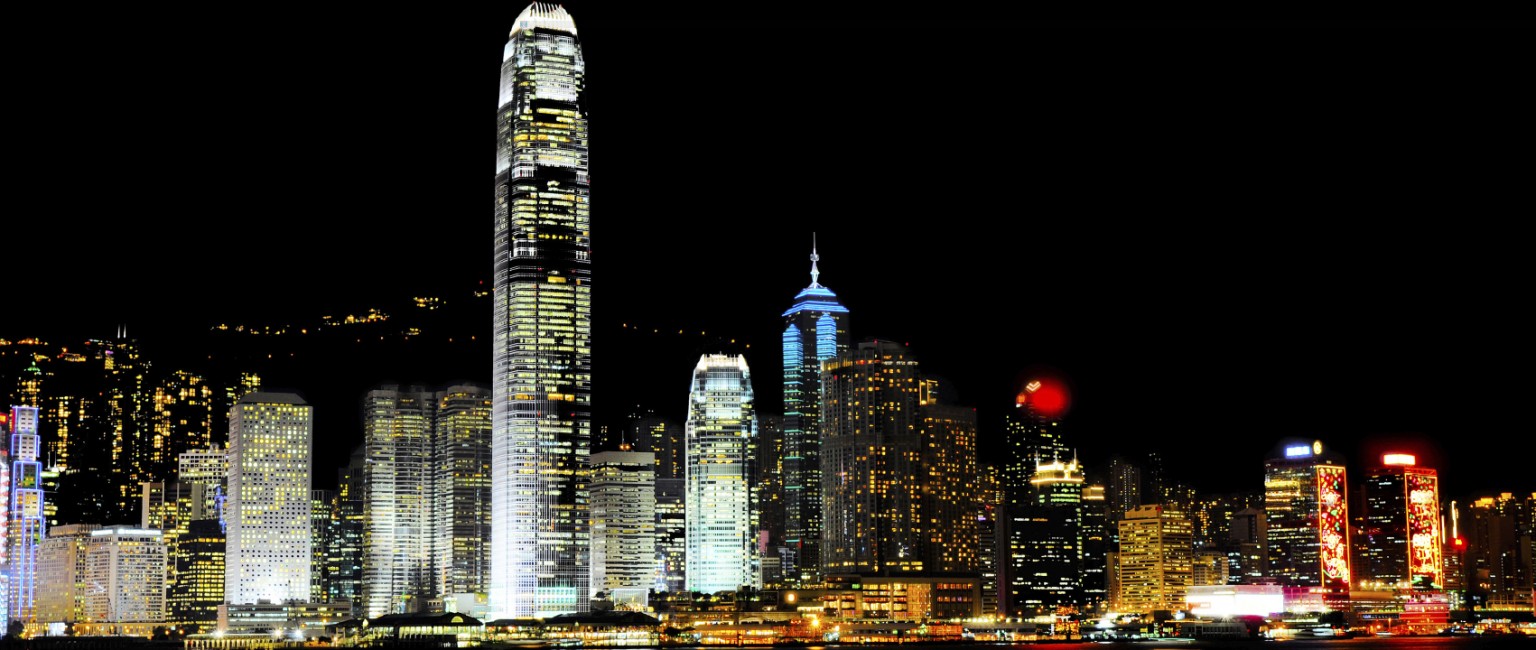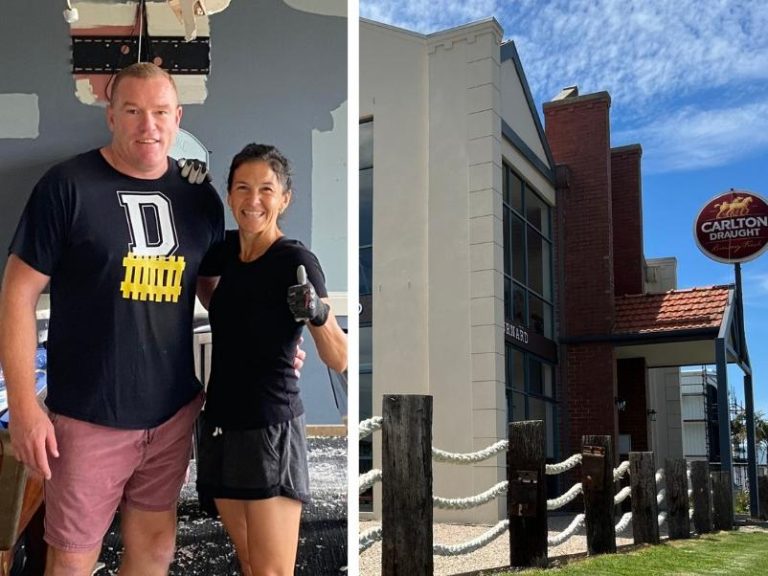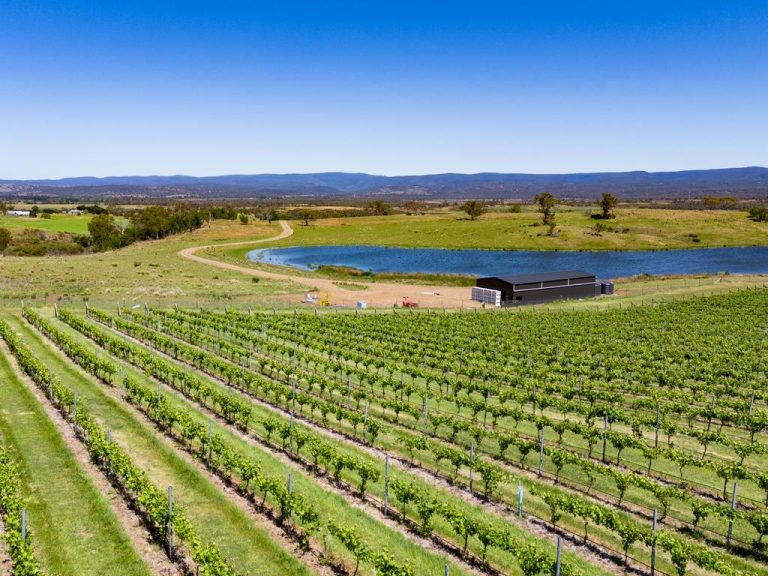Hong Kong: do the bright lights reflect the market?

Don’t let the futuristic skyline and dazzling lights fool you; Hong Kong’s CBD is suffering the equivalent of early arthritis.
It is still one of the most expensive cities in the world, yet commercial property prices and rents peaked six years ago.
Since joining China as a special administration region (SAR) in 1997, the former colony has continued to act as a gateway to the fast-developing Chinese market for European and US corporations who prefer its British-styled legal system and market transparency.
Its status as a natural site for an Asian headquarters also has attracted Chinese investors and sovereign wealth funds looking to diversify their portfolio outside of the mainland.
Yet rents for offices and retail buildings in the Central district have fallen up to 20% in the past five years.
Analysts Knight Frank are predicting that, in the next 15 years, Hong Kong will need to develop between 1.5 and 2 million new sqm of office space to cope with an influx of new workers if GDP grows between 3% and 4% per year.
That development is not going to happen in the Central CBD, which is crowded into 750 hectares. That is half the size of its great competitor; Singapore’s CBD expands over 1700 hectares.
The other pressure at the prime end is the age of the buildings. The typical Central office tower is comparatively old compared with other Asian mega cities – just 16.5% of the office space is less than 10 years old.
To cater for expansion, the SAR government last year unveiled plans to create a second CBD in Kowloon East, along with mini CBDs in Wong Chuk Hang, Island East and West Kowloon.

It’s an ambitious plan which certainly comes with risks. For while grade A office vacancies currently sit at just 3.4%, major new developments in Hong Kong have struggled before.
Take the grand, 88-storey Two IFC building, a premium development completed in 2003. The centre’s opening coincided with the outbreak of avian flu, which crimped economic activity and left the building half vacant, despite crisis level rents of around HK$25 per square foot per month.
This episode proved that while geography is Hong Kong’s greatest advantage, it also makes it susceptible to events nearby.
Right now, we are seeing that play out in the retail sector, with a decrease in luxury spending on the mainland flowing through to Hong Kong, dragging leasing enquiries down with street shop rents predicted to follow.

In the office market, a stronger finance sector may support demand for office space in 2014 and possibly other districts given the low vacancy rates according to Rhodri James, executive director at CBRE. In a recent statement, James warned rental growth may suffer in 2014 but added: “We are far more positive on growth prospects for 2015, when rents in core areas may begin to rise sharply.”
John Siu, Managing Director of Cushman & Wakefield, is also cautious about 2014 saying: “A brisk rebound in demand, notably for prime space, is unlikely in the near to medium term and this will keep rents in Greater Central relatively flat in 2014, followed by more consistent growth in 2015.”
Where most analysts agree is that the medium term looks good for owners in Hong Kong, despite the uncertainties. After all, the Two IFC building survived the avian flu outbreak and then took just two years for its vacancy levels to drop to the single-digits, with rents increasing to HK$100 per sq ft per month in five years.







